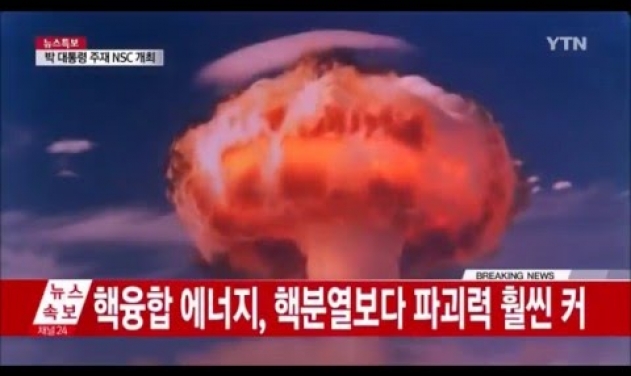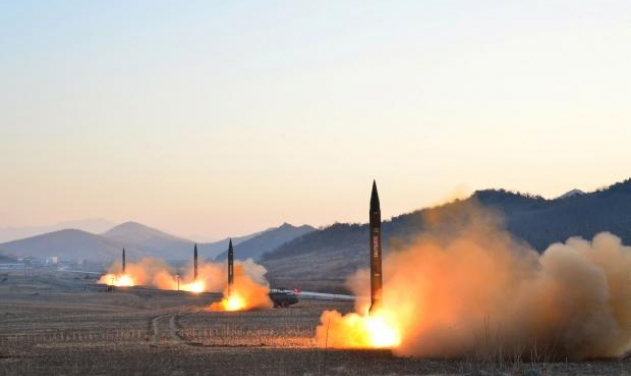Networked Japan Worried Over Pyongyang's Electromagnetic Wave Weapon

One of the world's most densely networked countries, Japan is worried after North Korea claimed its nuclear weapon can create an electromagnetic wave that would fry electronic devices and disrupt communications for hundreds of kilometers around the explosion's core.
North Korea last Sunday claimed to have successfully tested a hydrogen bomb and also said that it has the ability to detonate a high-altitude Electro-Magnetic Pulse (EMP) that would fry electronic devices and disrupt communications for hundreds of kilometres.
“Japan hasn’t even recognized the EMP threat until recently,” Retired Major Gen. Takashi Onizuka of the Ground Self-Defense Force was quoted as saying by Japan Times news daily in a telephone interview, adding that he doesn’t believe even the Self-Defense Forces are well-prepared against EMP threats.
“Japan remains in the very early stages of addressing EMP threats and said Suga’s comment means the government will just start studying what it can do,” an unnamed senior government official was quoted as saying by the news portal Friday.
According to a 2008 US commission report on assessing electromagnetic threats had concluded that the electromagnetic pulse generated by a high-altitude nuclear explosion is one of a small number of threats that can hold our society at risk of catastrophic consequences.
“For instance North Korea could make an EMP attack against the United States by launching a short-range missile off a freighter or submarine or by lofting a warhead to 30 kilometers burst height by balloon,” William Graham, chairman of the US congressional commission, wrote in a June 2 article published by 38 North, an authoritative website that specializes in analysis of North Korean affairs. “Even a balloon-lofted warhead detonated at 30 kilometers altitude could blackout the Eastern Grid that supports most of the population and generates 75 percent of US electricity.”













